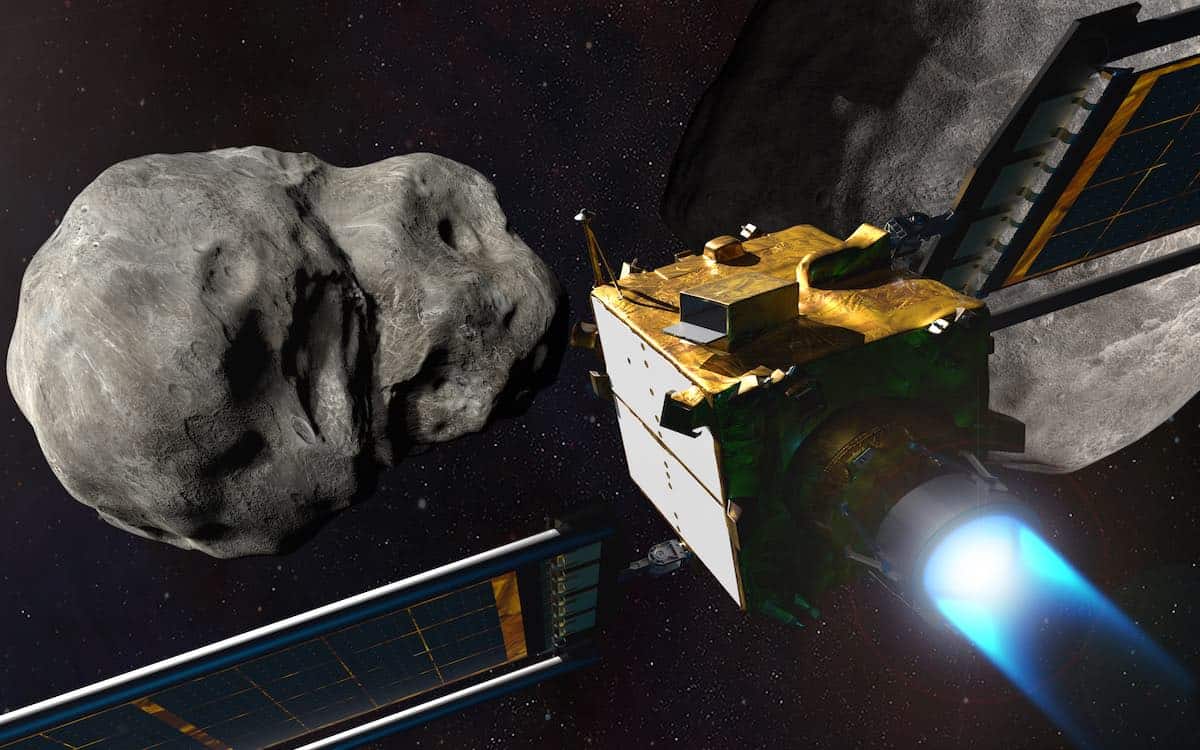NASA fires a spacecraft into an asteroid to test Earth’s defense systems
Published on Sep 27, 2022 at 9:58 AM (UTC+4)
by Patrick Jackson
Last updated on Sep 28, 2022 at 11:55 AM (UTC+4)
Edited by
Kate Bain
NASA has successfully fired a spacecraft into the asteroid Dimorphos in a crucial test of Earth’s defense systems.
The space probe called DART (Double Asteroid Redirection Test) was crashed directly into the 160m-wide asteroid and destroyed upon impact.
Why, you might ask?
The aim was to see if we could divert an asteroid that was on track to collide with our planet.
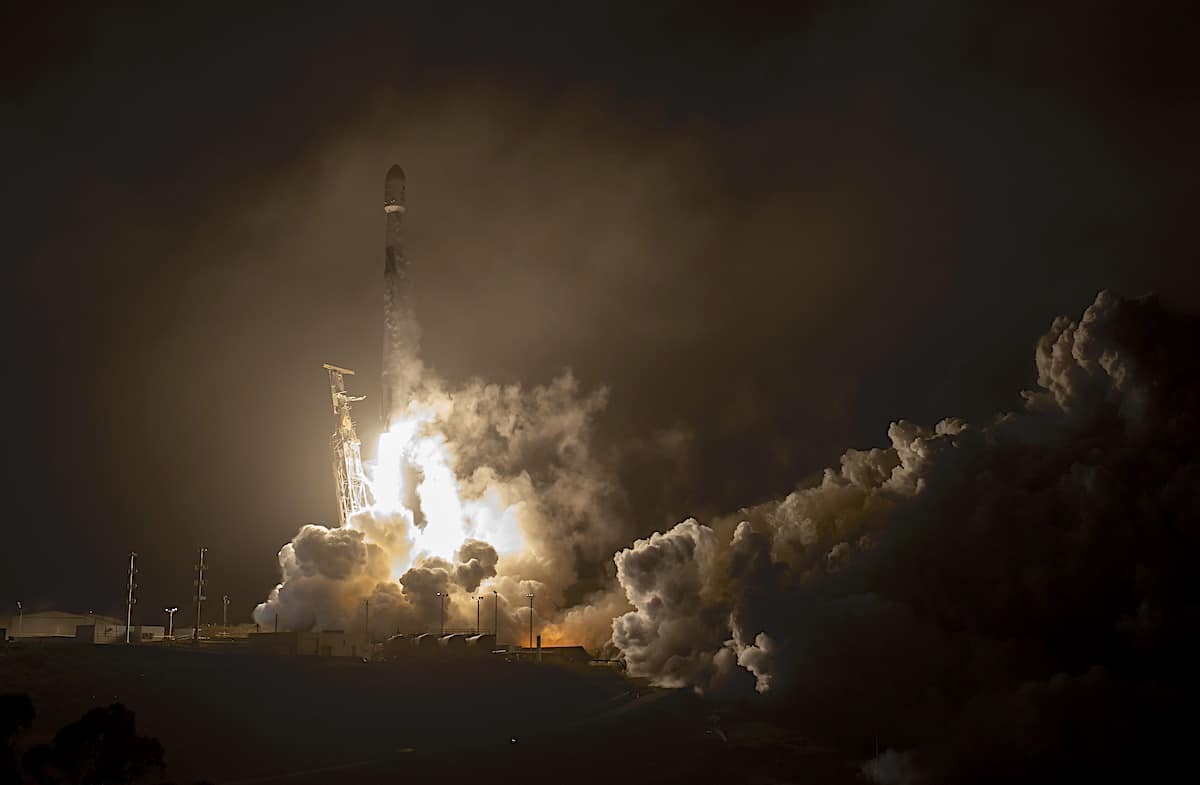
READ MORE: NASA’s Perseverance rover is close to finding life on Mars
It’s worth highlighting at this point that Dimorphos posed no threat to Earth, so it’s an ideal test for NASA’s technology.
Dimorphos – which is Greek for ‘two forms’ – is considered an asteroid moonlet.
That’s because it orbits a larger asteroid called Didymos – another Greek name, this time meaning ‘twin’.
The aim of crashing DART into Dimorphos is to divert it from its original orbit to a new, closer orbit to Didymos.
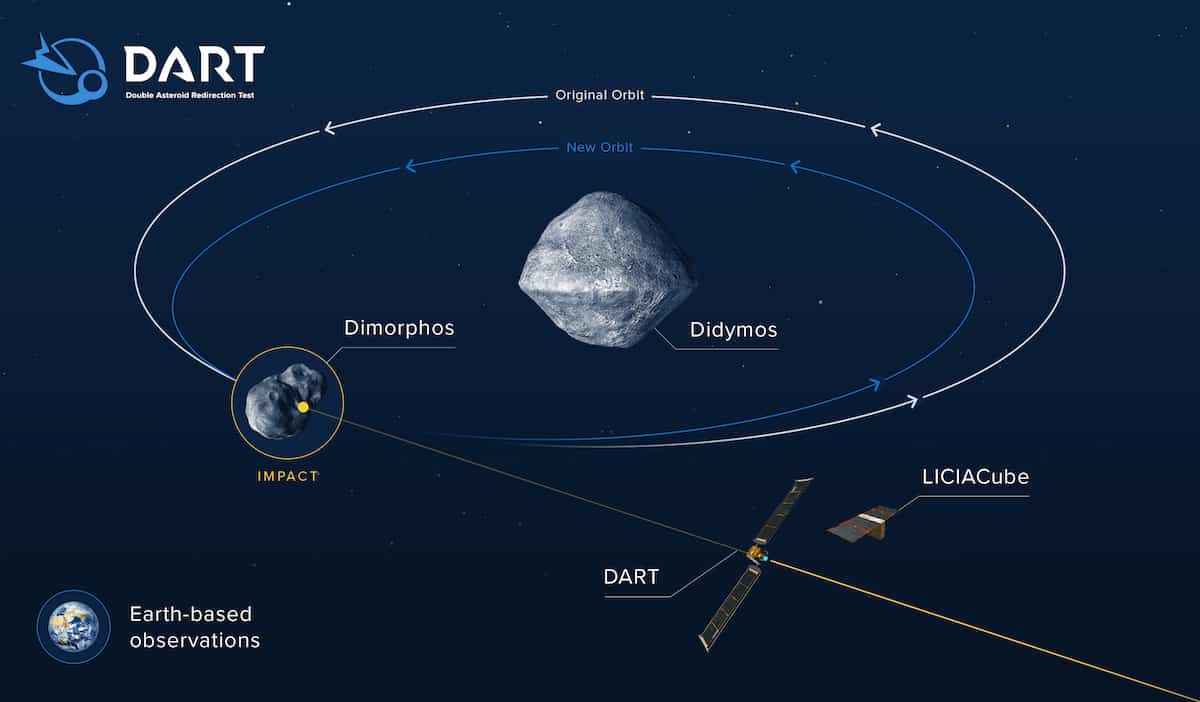
As DART hurtled toward the asteroid, it returned a photograph of it every second up until the point of impact.
The probe crashed into the asteroid at a speed of roughly 21,600km/h (14,400mph).
CHECK THIS OUT!
It performed the entire test autonomously, which was a key component of the testing NASA did with this experiment.
The asteroid pair is currently around 11 million kilometers (7 million miles) away from Earth.
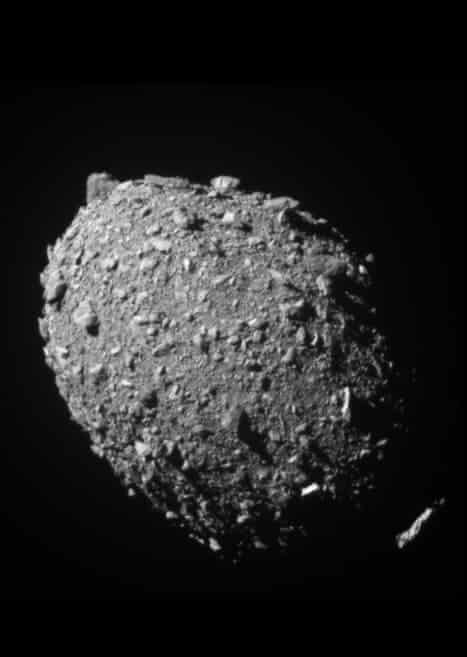
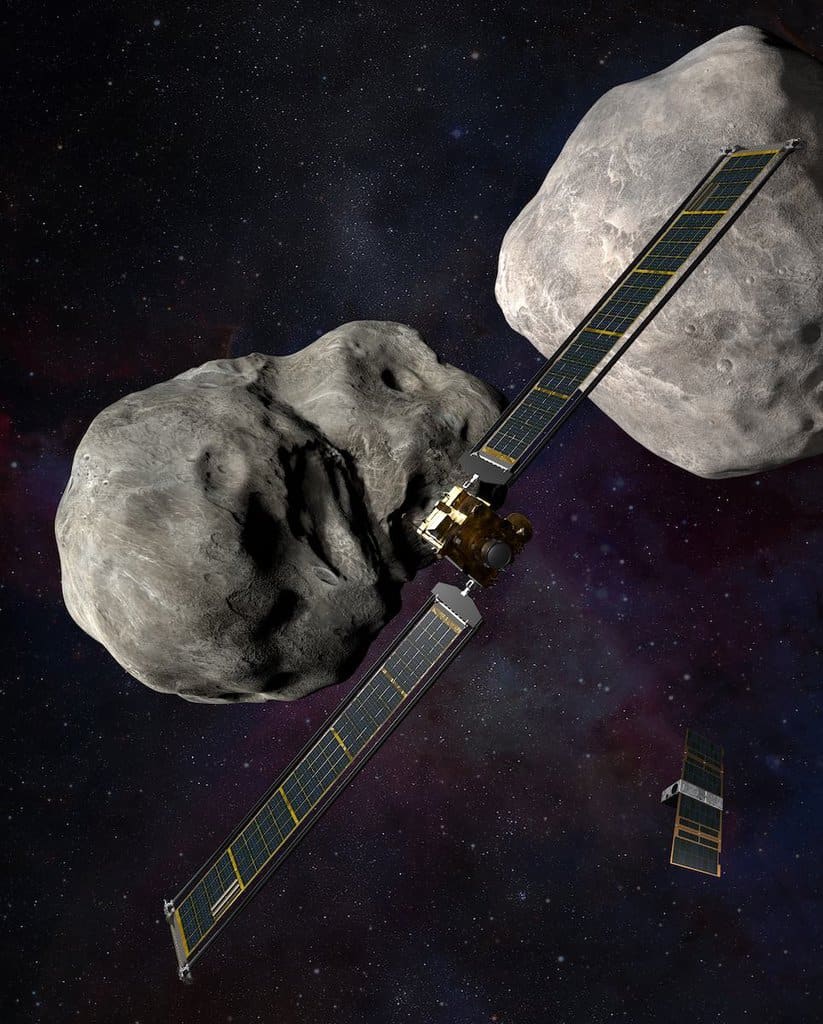
How successful was the mission?
Over the coming weeks, a global team of scientists will be monitoring the pair to see how effectively DART altered its orbit.
So, it will take some time before we know just how well it went.
However, the team at Johns Hopkins Applied Physics Laboratory (APL) said they were very happy with the mission.
“This first-of-its-kind mission required incredible preparation and precision, and the team exceeded expectations on all counts,” APL director Ralph Semmel said.
“Beyond the truly exciting success of the technology demonstration, capabilities based on DART could one day be used to change the course of an asteroid to protect our planet and preserve life on Earth as we know it.”
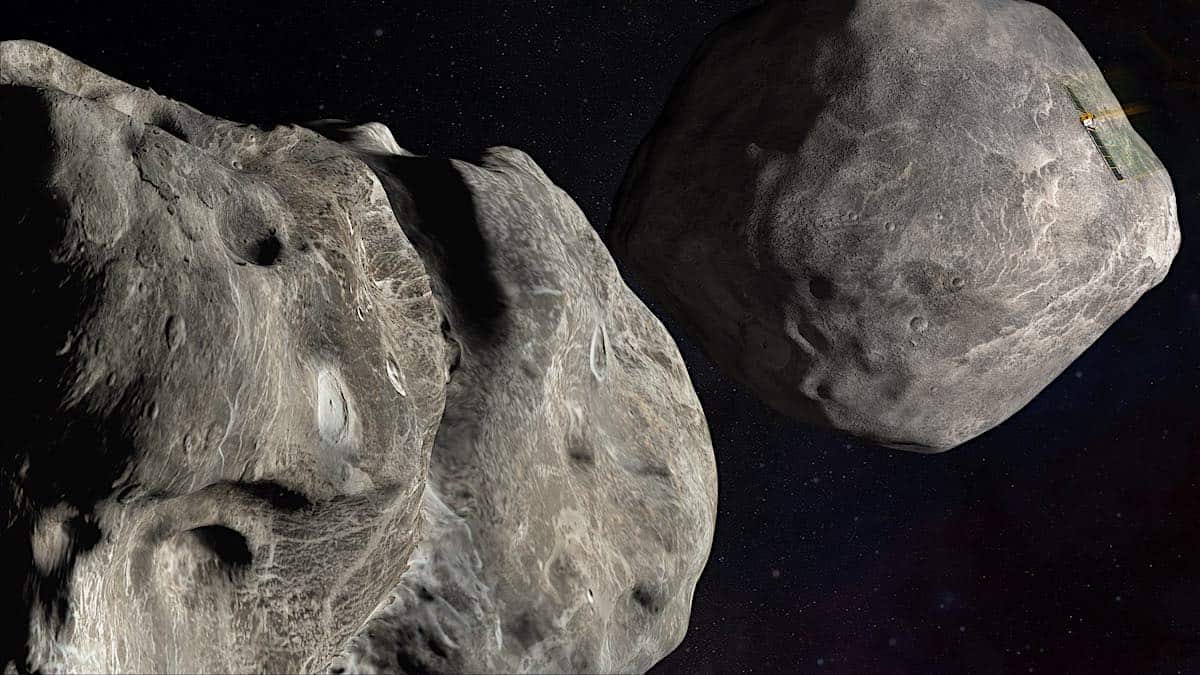
DISCOVER SBX CARS: The global premium car auction platform powered by Supercar Blondie

A car zealot from a young age, Patrick has put his childhood spent obsessing over motoring magazines and TV shows to good use over the past six years as a journalist. Fuelled by premium octane coffee, he’s contributed to Finder, DriveTribe, WhichCar, Vehicle History and Drive Section.
